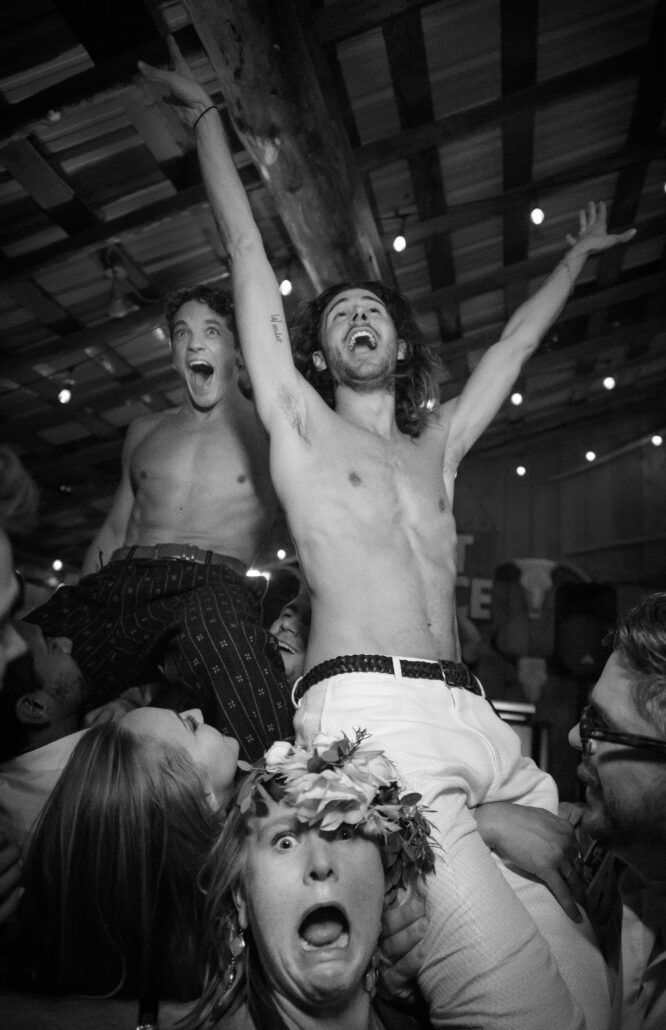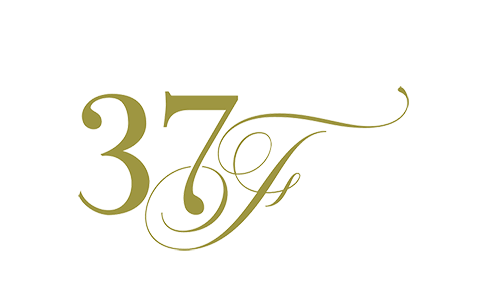We live in a world where everything looks the same … until it doesn’t.
A hotel room is just four walls and a bed… until you’ve stayed in one where every detail is designed to make you exhale. A meal is just food… until it’s plated in a way that makes you cry before the first bite. A haircut is just a haircut… until someone hands you a mirror and you see yourself as you’ve always wanted to.
Photography is no different. From the outside, it’s all “just pictures.” Until one stops you cold. Until one makes you remember. Until one makes you feel something you thought you’d forgotten.
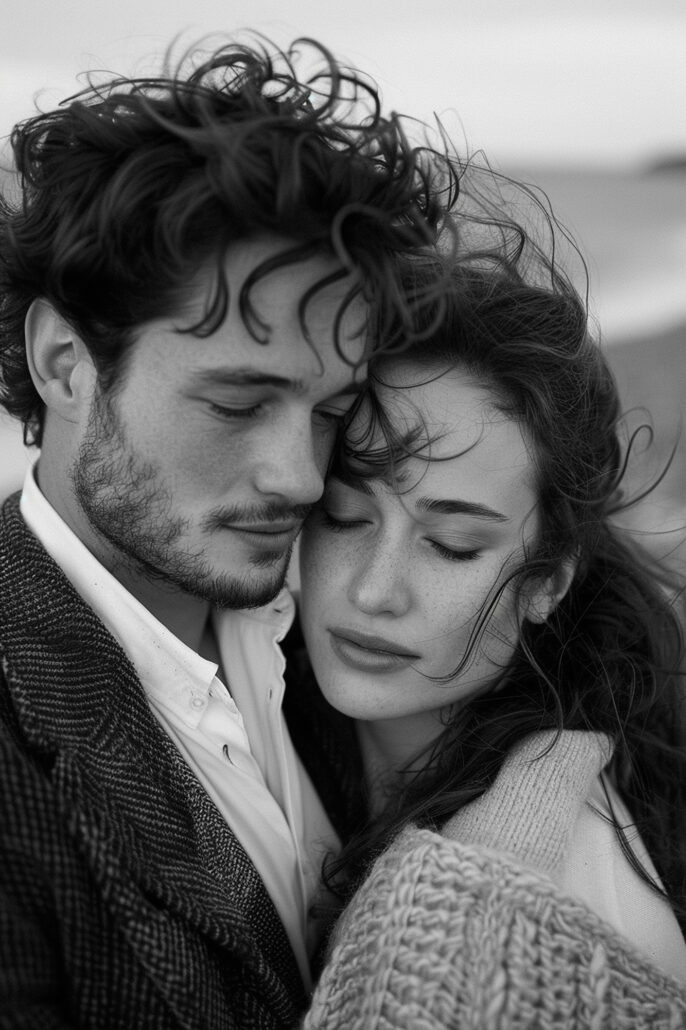
The Currency of Value
We all spend our money in different ways. Some couples pour their budget into champagne towers, others into florals that climb like poetry up the walls. Some into playlists, some into couture gowns, some into Michelin-level menus.
And then there are those who quietly, deliberately, put their value in the memory itself. Who know the linens will fade, the playlists will age, but the photographs will remain.
It’s not that one is right and the other wrong. It’s simply this: what do you value most?

The Illusion of Sameness
Scroll Instagram for ten seconds and it’s easy to believe all wedding photography looks the same. Pretty people, pretty flowers, pretty sunsets. Filtered and flawless.
But beneath the surface? Worlds apart.
Some photographers are $2,000. Others are $20,000. Others still are $60,000. From the outside, that gulf feels absurd. From the inside, it’s simple: experience. Not just years, but depth.
The way a trained eye knows that golden hour isn’t golden for long. The way a seasoned storyteller knows where the laugh will bloom before it does. The way someone with a lifetime in the craft finds beauty in a blackout, in rain, in wind, in joyful chaos.
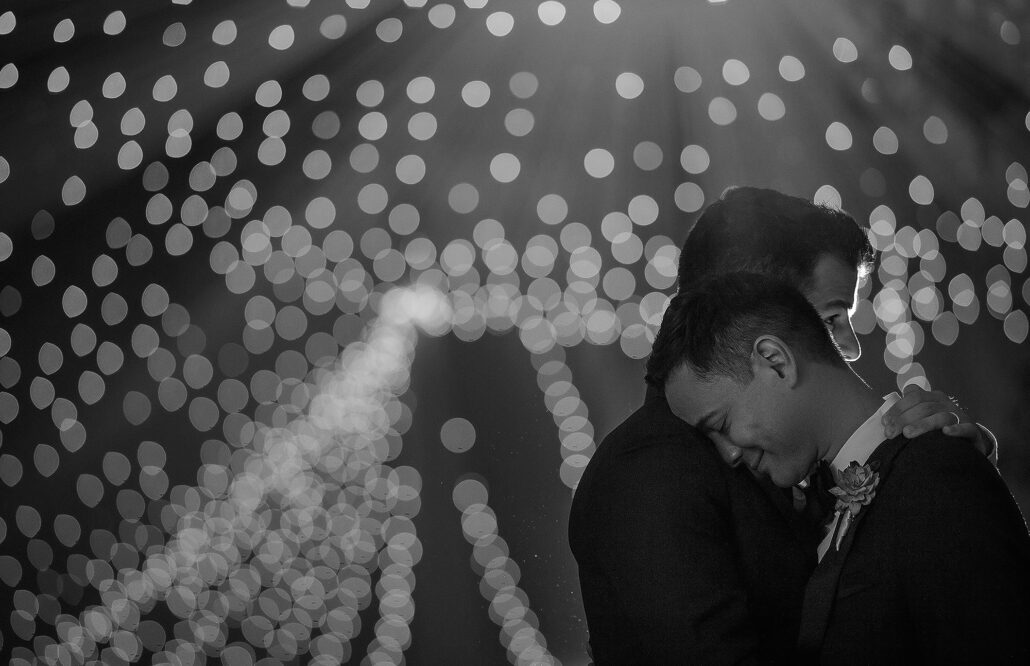
But it goes further than photographs. It’s the unseen work of reading a room. Knowing how to make people feel extraordinary. How to calm nerves without naming the nerves. How to guide a timeline without anyone realising they’re being guided. How to hold space for emotion. How to create an atmosphere where people are free enough to be themselves.
And here’s the quiet truth most couples don’t realise: people don’t know what they don’t know. If you’ve never experienced the seamless ease, the elegant transitions, the grounding presence, the invisible problem-solving of a master, then the difference is invisible. You think, “Photos are photos.” You assume the $3,000 gallery tells the full story.


But once you’ve experienced the other side… once you’ve felt what it’s like to be truly seen, supported, and artistically led… once you’ve lived a day where the photography elevates the experience rather than documents it… you understand the value instantly. It’s felt, not explained.
That’s the conundrum. You can’t reduce it to a résumé line. You can’t say, “Thirty years of global experience versus a handful of YouTube tutorials.” It’s not a comparison of skill sets. It’s a comparison of worlds.
Because the real difference isn’t in the shutter speed or the camera bag. It’s in the ability to carry an entire day – its light, its people, its energy, its emotion – with grace, creativity, intuition, and presence.
That doesn’t come from gear. Or filters. Or luck.
It comes from living it, again and again, until instinct makes the extraordinary feel effortless… and the experience itself becomes part of the art.


But Everyone’s a Photographer Now
It’s true. We all carry cameras in our pockets. And thank goodness for that. What a gift to live in a time when documenting our lives is so accessible.
But there’s a difference between access and mastery.
Anyone can boil water. Not everyone can craft a dish that earns three Michelin stars. Anyone can hum a tune. Not everyone composes a symphony. Anyone can snap a photo. Not everyone can tell a story through one frame.
Skill is invisible until you need it. And by the time you realize you needed it, it’s often too late.

The Weight of the Invisible
Here’s the thing about wedding photography: its value is often invisible in the moment. Couples don’t always notice the split-second decisions, the quiet recalibrations, the unglamorous scrambles to make sure the image is there.
But they will notice later.
They’ll notice when the images outlast them. When their children sit on the floor decades later, flipping through albums, learning who they were through what we saw. When a frame holds the only smile of someone who’s since gone.
Photography is not about documenting a day. It’s about building a bridge across time.
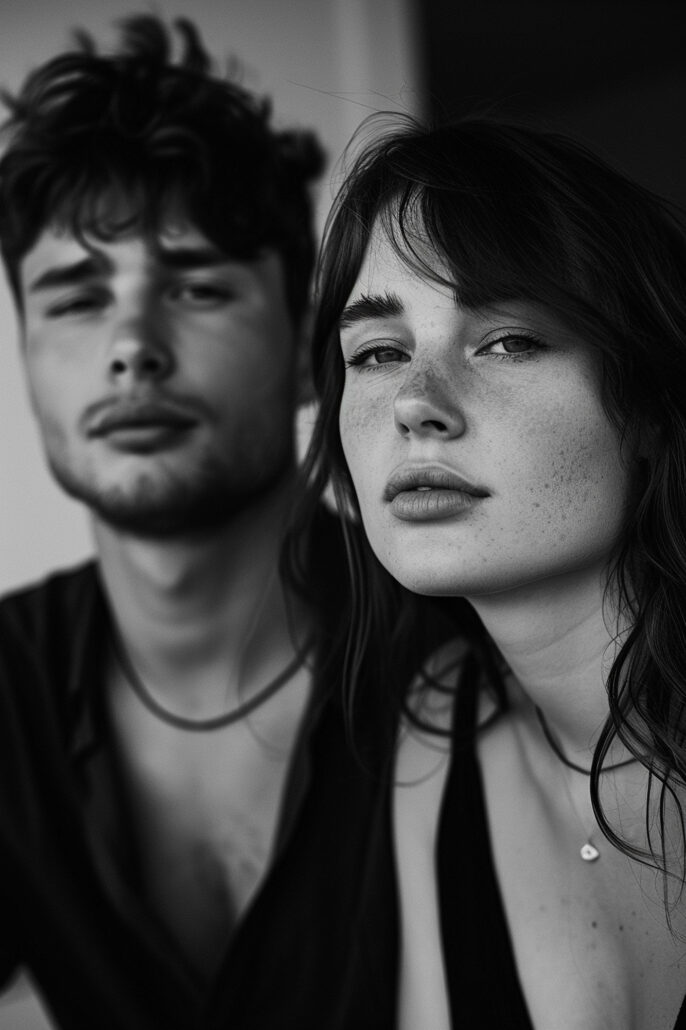
What Do You Value?
This isn’t about convincing anyone. Some people will always value champagne more. Others will value the food, the shoes, the afterparty.
And that’s okay.
But for us? We’ve always valued memory above all else. Because when the night ends, when the guests leave, when the flowers are gone and the lights are out … the only thing that remains is the story.
And stories, when told well, are priceless.
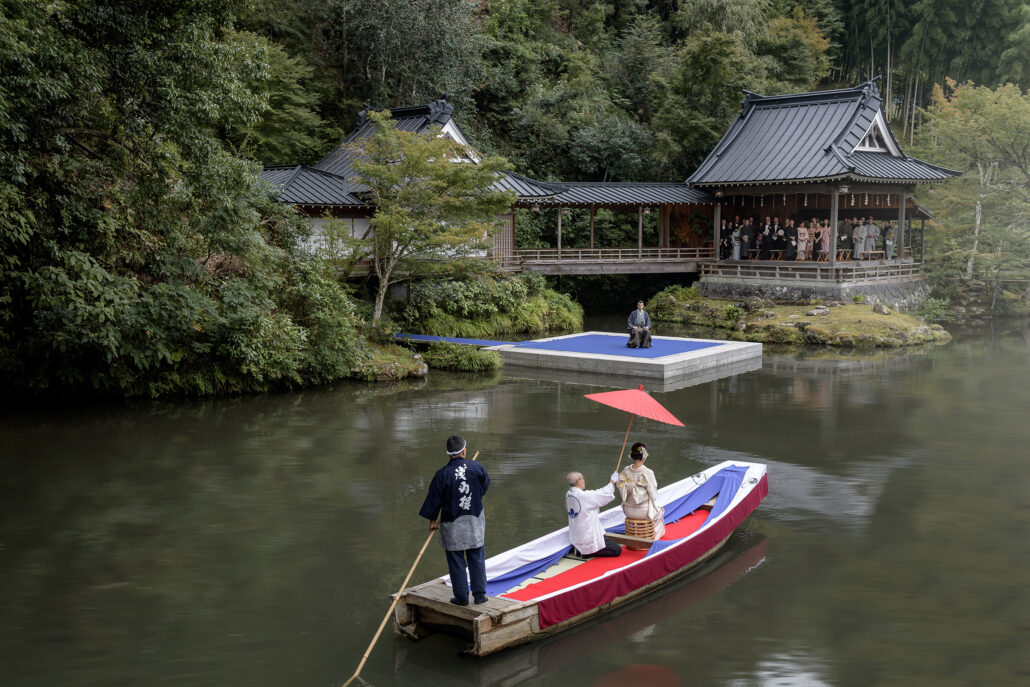
A Little Cheeky Truth
Yes, everyone’s “a photographer.” Just like everyone’s a chef because they own a frying pan. Or a stylist because they can cut their own bangs. Or a doctor because they googled their symptoms.
We love our iPhones too. But the most important day of your life? The one that happens once, unrepeatable, unedited? That deserves more than guesswork.
Because the medals in this work aren’t gold or silver. They’re tears and laughter and time, frozen.

Our Why
We’ve never done this for the glamour. (And if you’ve seen us after an 18-hour wedding day, you’d know glamour has nothing to do with it.)
We do it because we were born to tell stories. Because we believe in memory as currency. Because we know that trust is the foundation of every photograph worth keeping.
And because when we look back, we want to know we spent our lives creating something that mattered.


Final Reflection
Not all photography is created equal. Not because some are better and some are worse, but because each carries a different weight of meaning, a different level of care, a different depth of presence.
So the question isn’t: can someone take your photo?
The question is: who do you trust with your memory?
Because memory is never “just a picture.”
